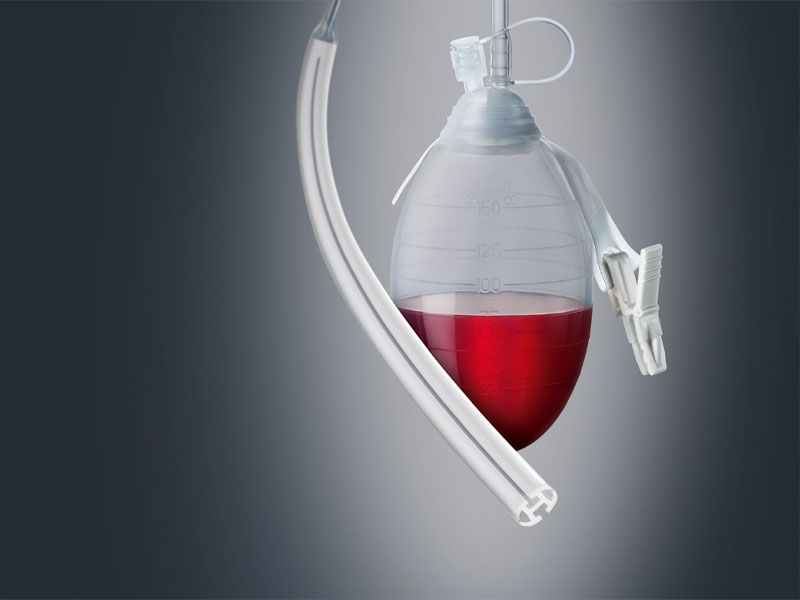H. Hartplein 33 A
5462EB Veghel NL
5462EB Veghel NL
Monday – Saturday – 8:00 – 18:00
Sunday – 8:00 – 14:00
Sunday – 8:00 – 14:00

In plastic surgery, how is a drain inserted? The term “drain” refers to the thin cannulas that are used to eliminate filthy blood and inflammations that may develop in the body during surgery.
They are narrow tubes that allow fluids, such as blood, to be discharged from various sections of the body, including closed locations like the chest cavity.
The drain can be used to drain fluids gathered in the area owing to a previous wound or swelling in the body, as well as to prevent difficulties after an operation.
Drainage is the term for this procedure. Drainage is defined as the removal of hazardous material through drains.
In many plastic operations, drains are used. The drain is usually chosen, especially when liposuction is combined with plastic surgery. The resist is commonly used in BBL (Brazilian Buttlift) procedures, tummy tuck surgeries, 360-degree liposuction surgeries, breast augmentation and breast reduction and lift surgeries in Turkey, as long as the physician deems it essential.
A drain is a surgical procedure that doctors use in aesthetic procedures when they think it’s required.
The drain is used in plastic surgeries in Turkey to ensure that any fluids that may accumulate in the body as a result of the aesthetic procedure are properly emptied.
The fluids gathered in the body in case of a wound or swelling, as well as the fluids collected in the body after surgery, are drained into tubes called drains during this surgical operation. Aesthetic and plastic surgeons, as well as radiologists, introduce the drain surgically during the operation.
Patients may respond differently when the drains linked to the body are removed after liposuction, tummy tuck, bbl, and other aesthetic operations. In general, the resistance does not hurt when it comes out. While some patients claim that it hurts, others claim that when the drain is extracted, they get a peculiar feeling.
Drain cups are available. First, the chamber’s lid is opened, and the emptying procedure is carried out, after which the drain is closed without being squeezed and released. The reason for this is that the vacuum feature requires the air inside the drain to be eliminated.
On the drain cups, there is information on how many quantities there are. The amount discharged is recorded on the drain follow-up form.
In major liposuction procedures, drains are used. The drain is usually removed in 3-5 days, depending on the patient’s condition. This is simply the edema that develops in the patient’s body, and it is removed from the body in the quickest and healthiest way possible. Drains are used in patients who seek liposuction on their stomachs, backs, and waists.
Apart from that, a drain may or may not be inserted in single-region liposuction operations, depending on the doctor’s judgment. The doctor may not need to place a drain only in arm liposuction surgery or only in leg liposuction surgery, for example.
The drain is frequently introduced between the vaginal area and the navel with thin cannulas opened in two or three places in 360-degree liposuction procedures.
Fluid is supplied to the patient prior to the removal of fat from the body in liposuction operations in order to make the operation healthier by reducing the vessels. This is done in order to avoid any potential difficulties. The fat cells in the area are melted and broken down. Liquids can easily be gathered in several sections of this process, especially when there are cavities. This process also throws out liquids that have been filled into the gaps.
Drains are used in breast aesthetics, tummy tuck procedures, BBL surgeries, liposuction liposuction, sleeve gastrectomy surgeries, and other operations as determined by your doctor.
Every 8 hours, drains should be examined. The drain checkbook should be used to record the amount of drain that has been drained. In the event of a terrible odor, bleeding, increasing blood, or discoloration, see a doctor right once.
This is determined after the operation by observing the color of the liquid and the amount of liquid in the time period after the operation.
With the danger of water escaping from the drains and microorganisms entering through the tubes, the patient should not take a shower without removing the drains from the patient.
After the drain procedure, there is a slight chance of problems. It can make the patient feel anxious. Pain is possible, especially if the drain moves at the skin’s exit location. Pain does not occur if the drain is not utilized for a long time.
As with any surgical surgery, the doctor who will insert the drain should be chosen with caution, as with any other surgical procedure.
Heilig Hartplein 33A, 5462 EB Veghel NL
Maandag – Zaterdag – 8:00 – 18:00
Zondag – 8:00 – 14:00
info [@] healthandbeautytravel.nl
Maandag – Zaterdag – 8:00 – 18:00
Zondag – 8:00 – 14:00
info [@] healthandbeautytravel.nl